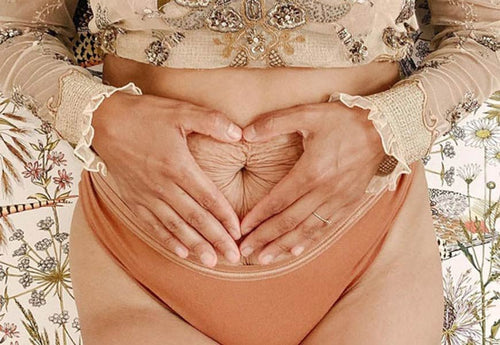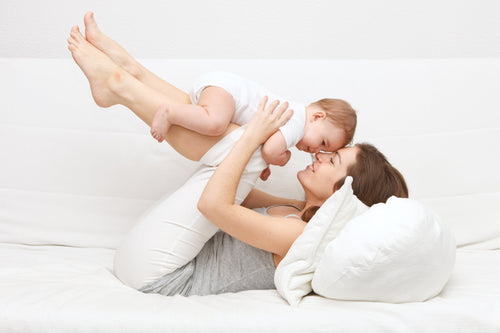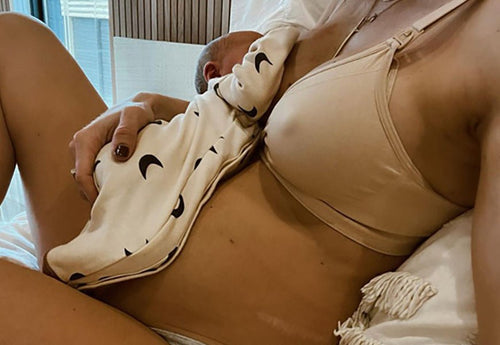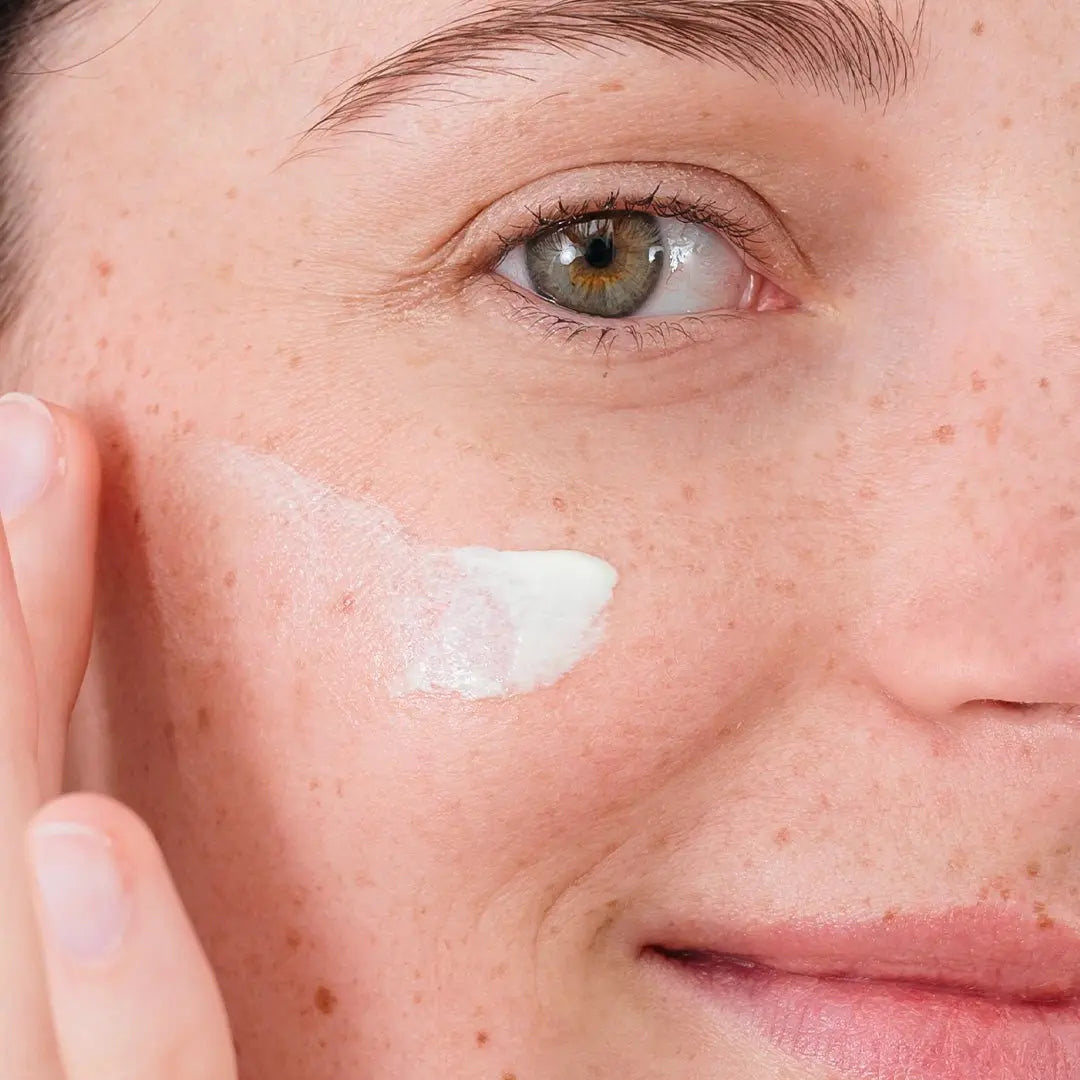Daylily Paris is a brand of clean, sensory and effective skincare products, made in France and 100% compatible with pregnancy and breastfeeding. We are also keen to share quality information for informed and uninhibited motherhood. 🧡
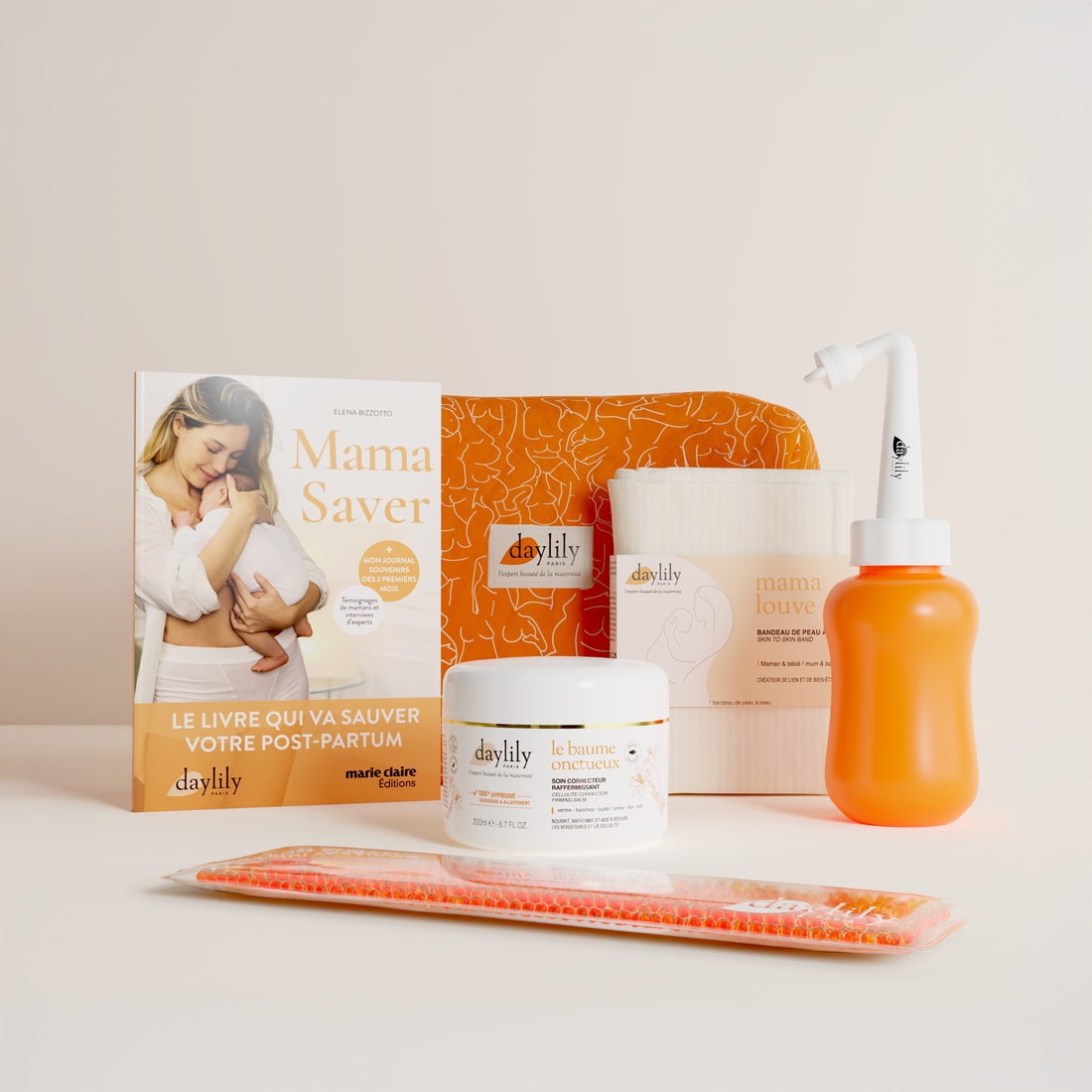

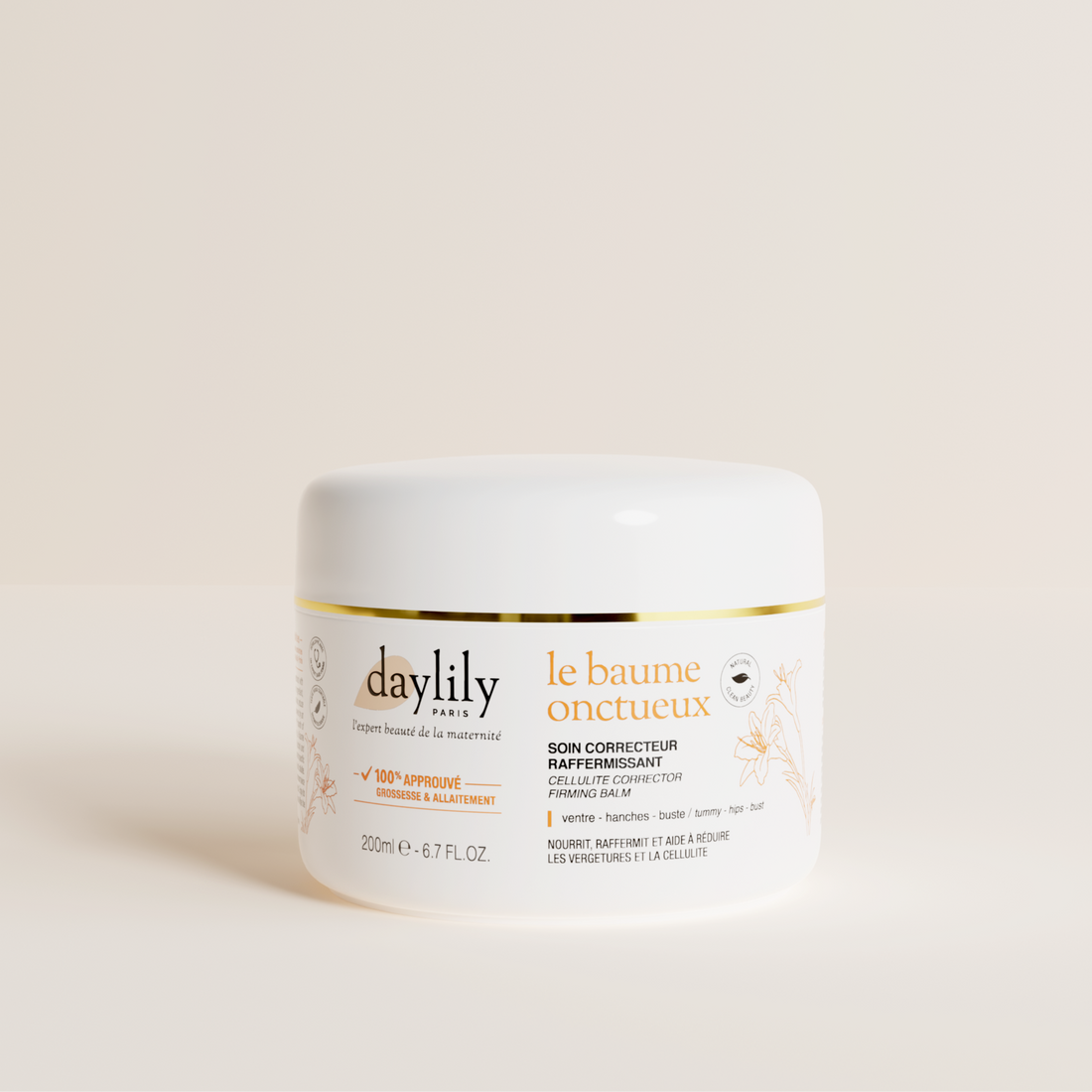
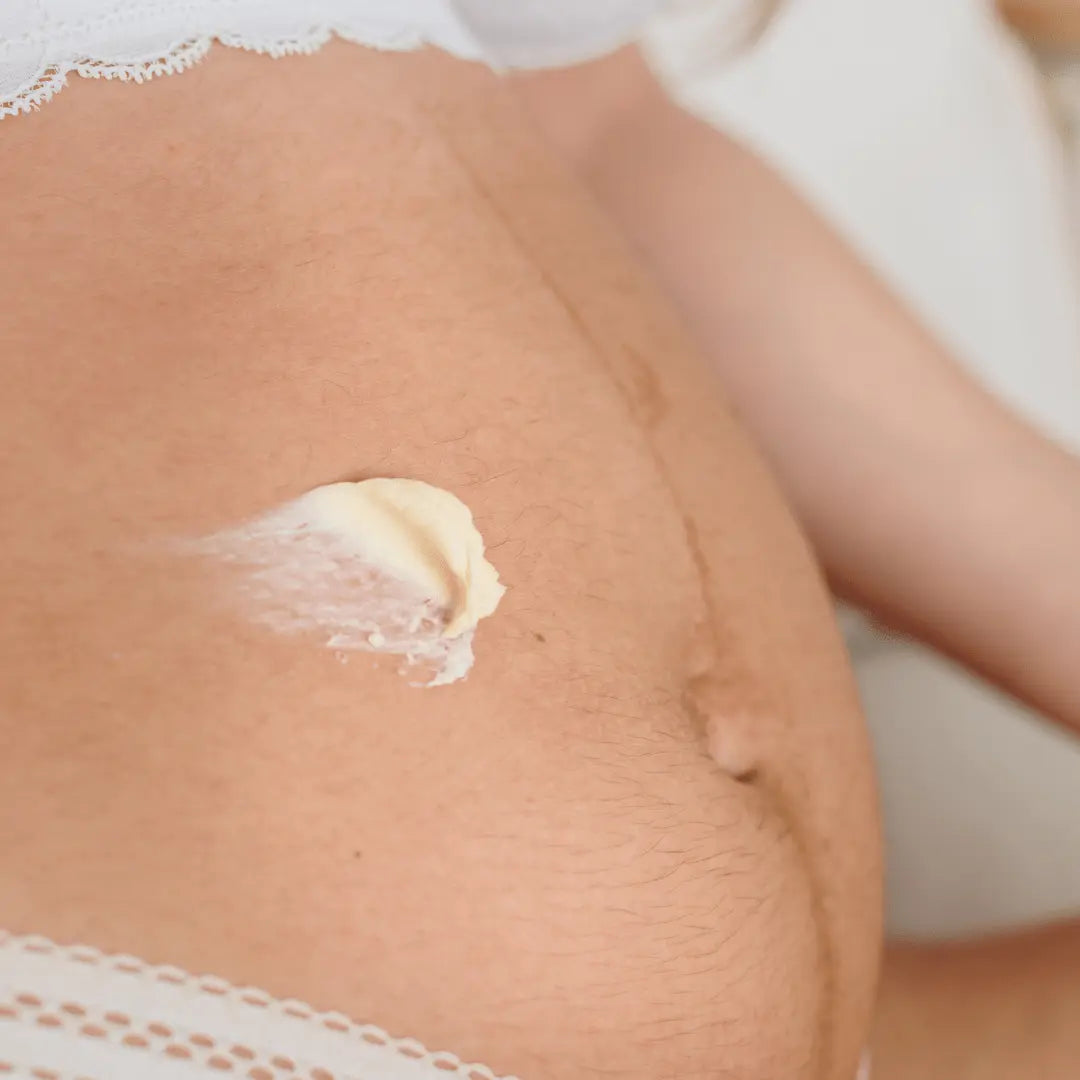
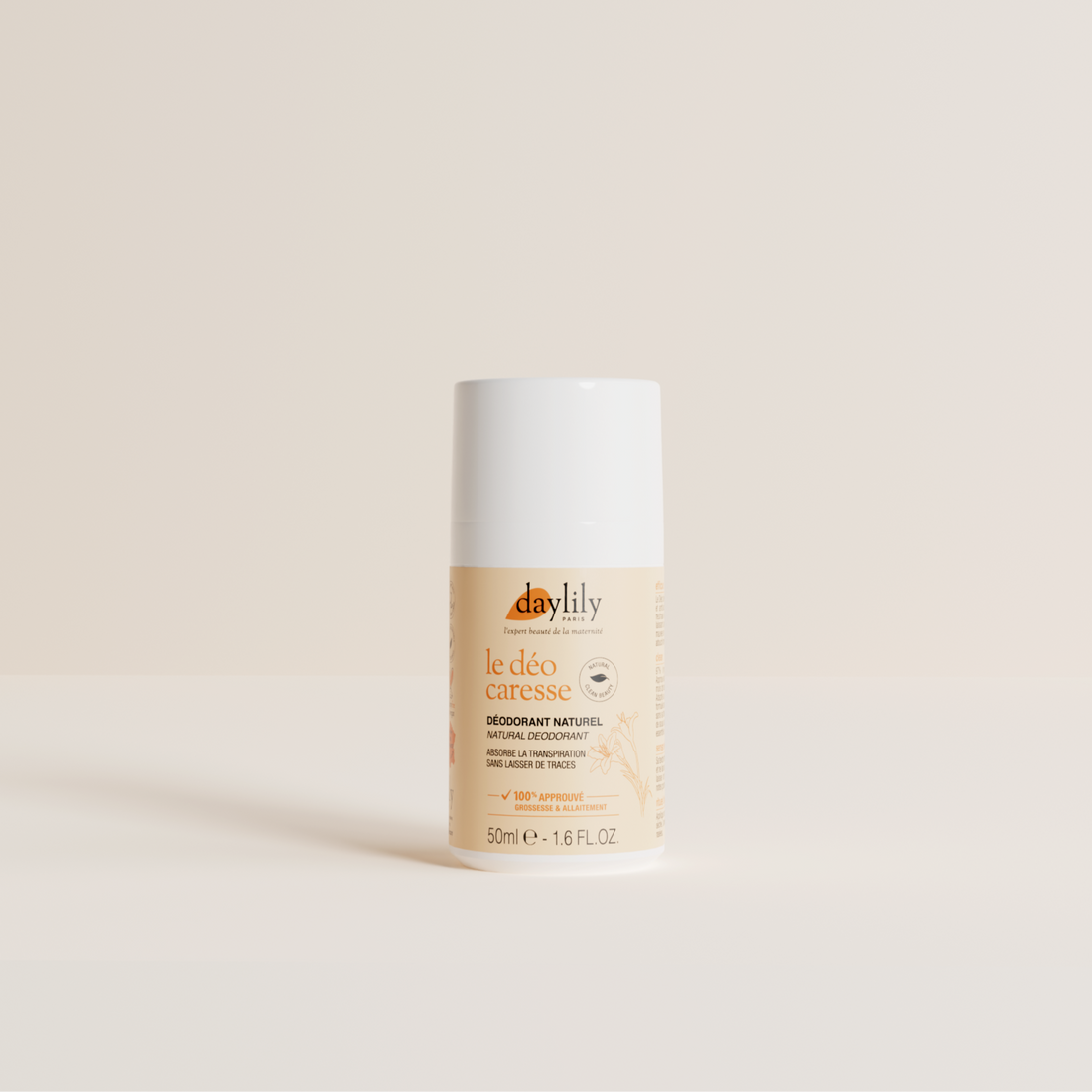
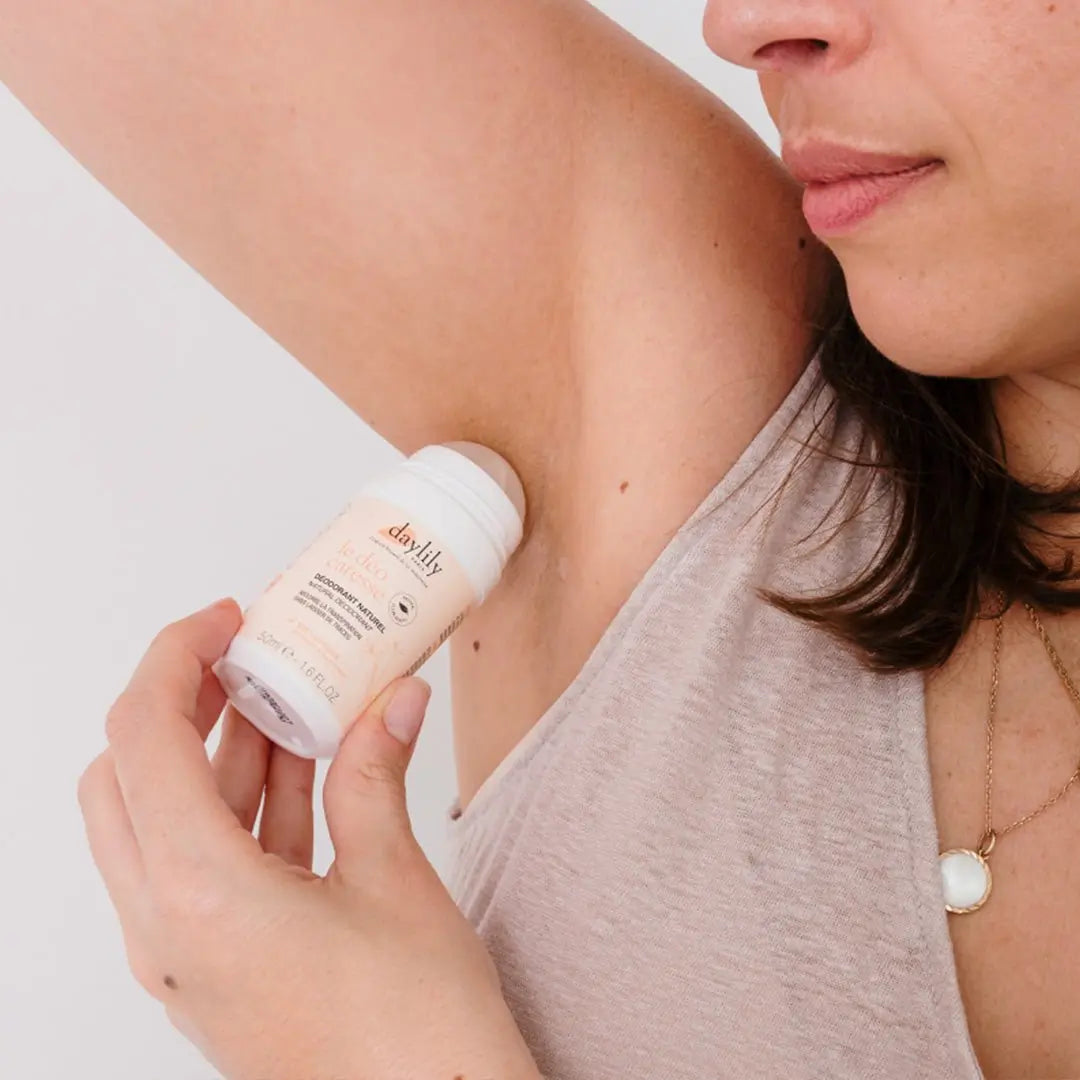
- Prenatal and postnatal leave
- Extending your maternity leave, the different options
- The special case of a pathological leave
- What are the conditions for being entitled to post-natal pathological leave?
Prenatal and postnatal leave
In France, each future mother who is expecting a first or second child is entitled to sixteen weeks of leave compensated by Social Security, which is divided into six weeks of pre-natal leave, and ten of postnatal leave.
From the 3rd child, maternity leave increases to 8 weeks for prenatal leave and 18 for postnatal leave, i.e. 26 weeks in total. Pregnant women expecting several children will benefit from 34 weeks (for twins) and 46 weeks (for triplets or more). Employees, self-employed people and entrepreneurs are not in the same boat regarding the right to prenatal or postnatal leave, it is better to find out in advance depending on your professional situation.
Extending your maternity leave, the different options
It is possible, with the approval of your gynecologist, to postpone part of your prenatal leave until after the birth to enjoy your baby a little more. A postponement to be well anticipated of course, and which is only possible for pregnant women in great shape, without particular pregnancy concerns.
Some lucky girls have very advantageous collective agreements, which allow them to extend one-on-one time with their little one, others will be able to schedule RTT or days off.
Parental leave can be taken directly following maternity leave, and it is open to all young mothers. You will simply have to make sure that you make the necessary arrangements with your employer on time.

Last option: pathological leave , which is equivalent to work stoppage, and which you will see is quite regulated.
The special case of pathological leave
Prenatal pathological leave: some future mothers will be able to benefit from it before giving birth, thus allowing them to stop work earlier in the pregnancy. Lasting 14 days, it immediately precedes maternity leave, and must be justified by the state of health of the pregnant woman, or by the existence of a high-risk pregnancy. Prenatal pathological leave is often issued, for example, in cases of gestational diabetes, threat of premature birth, hypertension or severe fatigue. Daily allowances will then be equivalent to those paid during maternity leave. Their calculation is made from the last 3 months of gross salaries. Do not hesitate to contact the CPAM to find out the amount, or to carry out a simulation on the Ameli website.
Post-natal pathological leave: also called leave following pathological childbirth, it allows maternity leave to be extended by a maximum of 4 weeks. It must be taken all at once and directly at the end of your post-partum maternity leave to avoid waiting days.
During this leave, you will be compensated by the Health Insurance Fund up to 50% of your basic daily salary. These daily allowances may possibly be supplemented by your company if your collective agreement provides for it.

What are the conditions for being entitled to post-natal pathological leave?
As its name suggests, postnatal pathological leave is linked to a pathology, a health problem which affects you or your baby, and which prevents you from returning to work. It is your gynecologist, or your attending physician who will be able to issue it to you, duly justifying the reason for the request. It is similar to sick leave, and it is always prescribed for a very specific medical reason.
Unfortunately, being a little tired, not having found a nanny or wanting to stay with your little one is not a valid reason to benefit from it. The same if you are breastfeeding: medical leave after the arrival of the baby is different from breastfeeding leave – remember that this has not existed since 1975 in France…
Checks are also regularly carried out by Health Insurance to ensure that this is not leave of convenience, and that, as in the case of traditional sick leave, you are actually present. at home and only go out at any scheduled times.
Some examples of pathologies which may justify this type of leave:
- Difficult postpartum periods, for example in the event of a cesarean section;
- Postpartum depression, which plunges the young mother into great distress and prevents her from resuming her usual activities…
- The health of the newborn (if the baby is fragile, born prematurely, etc.)
Do not hesitate to speak about your situation to your doctor, who will be able to judge the relevance of medical leave.
He will then issue you a medical certificate, stipulating a diagnosis of “pathological condition resulting from pregnancy”. You must first notify your employer by registered letter with acknowledgment of receipt, sending them a copy of the medical certificate. The work stoppage notice is made up of three sheets: one to send to your employer, and the other two to Social Security, within 48 hours maximum.
If your state of health still does not allow you to return to work after the medical leave, you can be prescribed a classic sick leave.
After childbirth, pamper your body as a new mother with a post-partum treatment, such as Le Baume Onctueux, or a post-natal massage to better recover and show top morale. All our face and body products are compatible with pregnancy and breastfeeding and available in a box, to bring you a large dose of softness and well-being in the not always easy post-pregnancy period!



